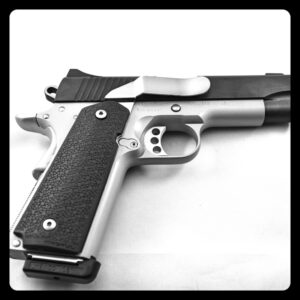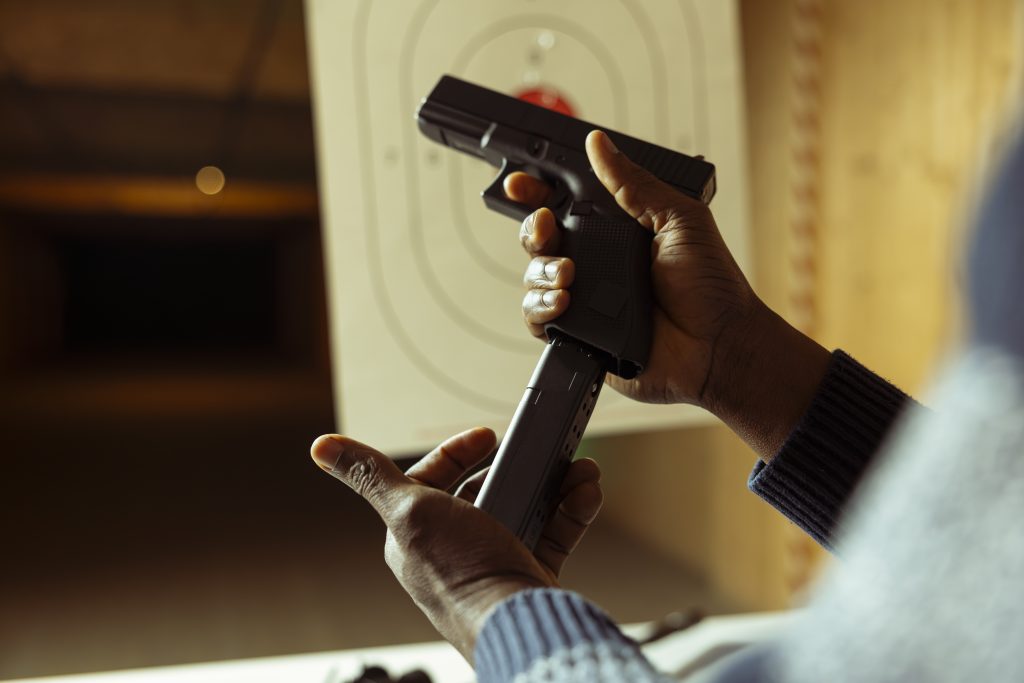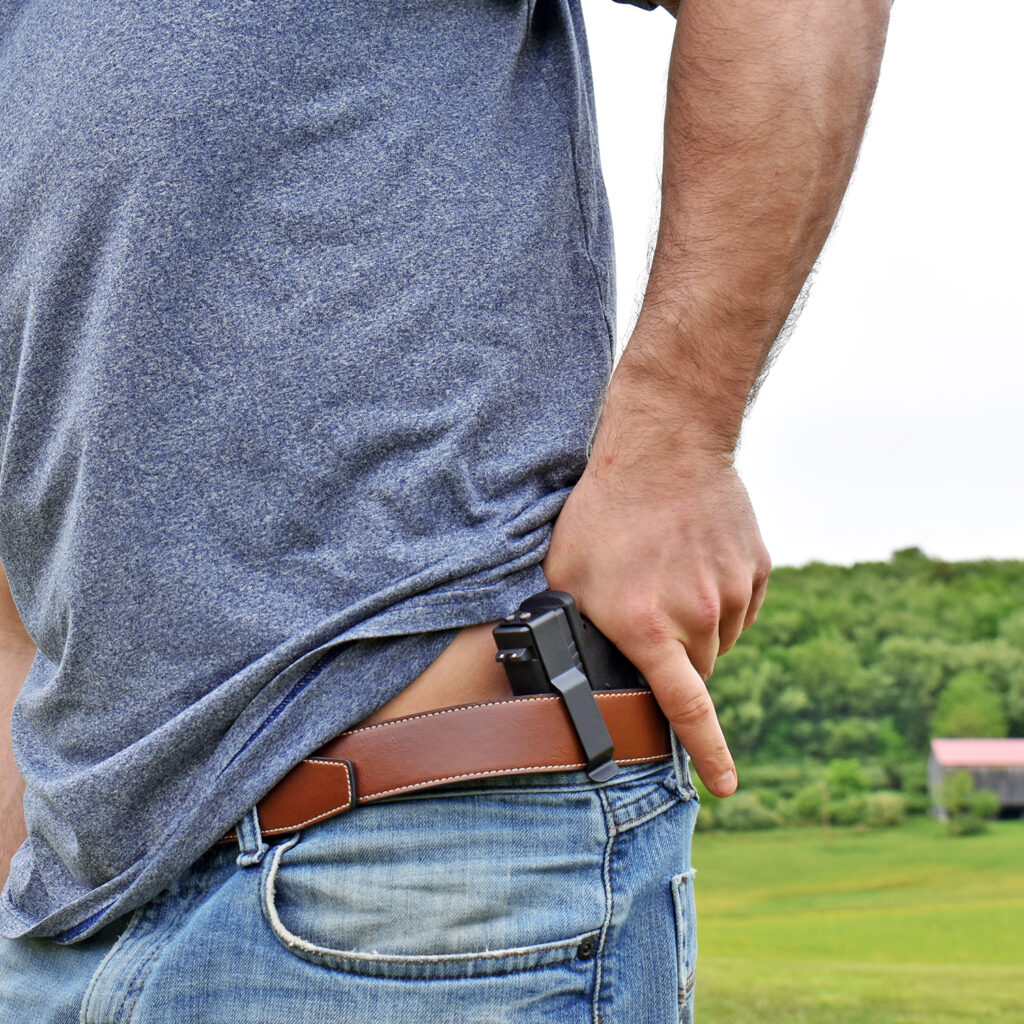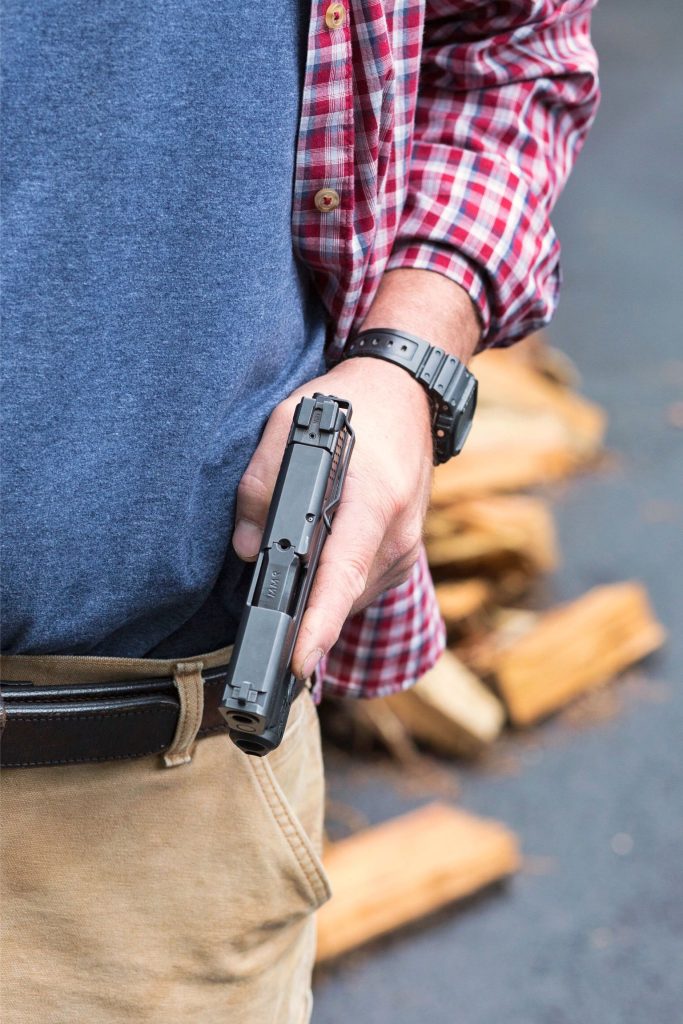 With a long history and a storied past, the M1911 pistol is arguably the most influential handgun in the modern era of firearms. Designed by John Browning and developed by Colt, the 1911 Pistol was the self-loading answer to multiple requirements for a modern sidearm by the U.S. military at the turn of the century.
With a long history and a storied past, the M1911 pistol is arguably the most influential handgun in the modern era of firearms. Designed by John Browning and developed by Colt, the 1911 Pistol was the self-loading answer to multiple requirements for a modern sidearm by the U.S. military at the turn of the century.
A Design Driven by Need
As the 19th century was drawing to a close, the U.S. military found itself involved in a number of conflicts – first the Spanish American War and, as a result, the Philippine-American War. As the U.S. military engaged with the Moro guerrillas, they found that the M1892 revolver didn’t have the stopping power needed for the close warfare of a jungle campaign.
The U.S. military set out to find a new standard issue pistol, one that was self-loading, reliable, and be a minimum .45 caliber. In 1906, six designs were submitted for consideration and three were eliminated quickly. Re-designs of the remaining three pistols, from Savage, Colt, and DMW, were requested, but only Savage and Colt submitted new weapons for consideration.
Testing and refinement of the weapons continued from 1907 to 1911. The most telling success was a test conducted at the end of 1910, in which 6,000 rounds were put through a single pistol. A widely acknowledge story from that test was when the Colt firearm became hot during the tests, it was simply immersed in water to cool. The Savage was reported to have 37 defects coming out of the firing test. The M1911 had none.
The Beginning of the 1911 in Combat
On March 29, 1911, the Colt design was adopted by the U.S. Army as its service weapon, and in 1913 the U.S. Navy and Marine Corps followed suit.
The timing of adoption couldn’t have been better, providing military troops with a self-loading and reliable sidearm just in time for two important conflicts – the Punitive Expedition to capture Pancho Villa in 1916, and U.S.’s entry into World War I.
While the Punitive Expedition failed in its task of catching Villa, it did introduce many future military leaders, such as George S. Patton, to the use of the M1911 in combat. But the irrefutable proof of the pistol’s success in what it was designed for – short range stopping power – was shown in the trenches of WWI.
Manufacturing of the pistol was expanded from Colt’s factory and the U.S. government’s Springfield Armory to include contracts to Remington and North American Arms Company.
Following WWI, the firearm saw additional improvements to the design. An arched mainspring housing, ergonomic improvements, a shorter trigger, and improved sights were added and became the M1911A1.
Following its success in these military campaigns, many law enforcement officers began to adopt the M1911. The U.S. Border patrol, FBI, the Prohibition Service, and the Texas Rangers were among the most well known of the agencies who began using the pistol.
The 1911 in Modern Wars
As the U.S join World War II in late 1941, the standard firearm for the service men and women in the military was the M1911. During this time, nearly 3 million pistols were produced. The weapon continued to play an important role in additional conflicts of the 20th century, including the Korean War and Vietnam.
In 1985, the U.S. military replaced the M1911 with the M9 9mm pistol as the standard sidearm, but the same challenges experienced with the smaller caliber in 1902 remained, and the military once again turned to the M1911 as a service arm.
In the post-war United States, the M1911 became the practice and competition firearm of choice for many recreational shooters. As the popularity of the 1911 increased for competition shooting and personal safety, so did the market for accessories and custom gunsmithing. Several recent trends, including concealed carry, have rekindled interest in the M1911.
With over 100 years under its belt, it is undeniable that the M1911 has cemented its place in history. From military usage to modern competition and concealed carry, Browning’s design remains a reliable choice.
To carry your weapon with a slim IWB profile, buy a Clipdraw for 1911.


